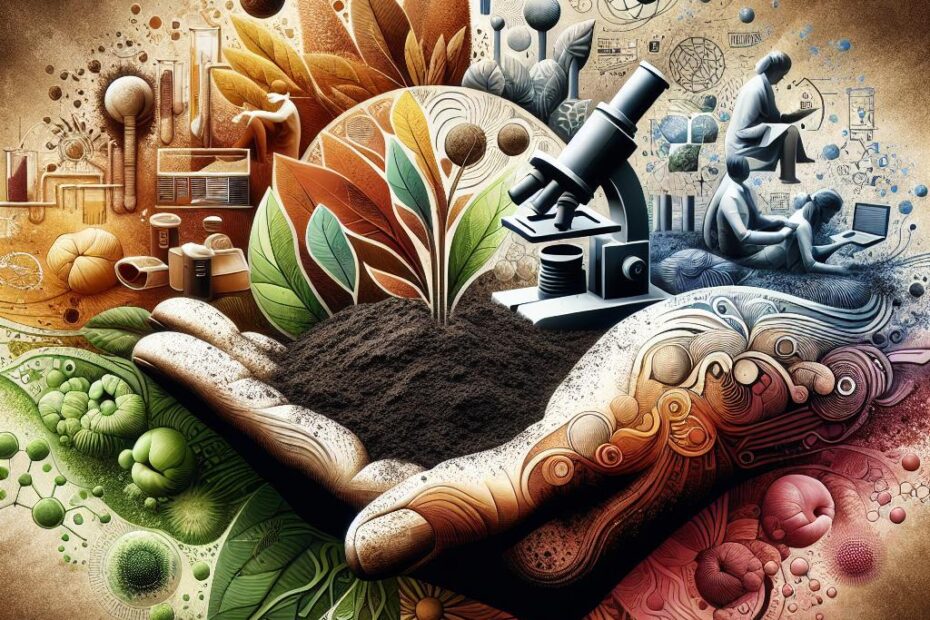Title: Why Soil Texture is Vital for Healthy Plant Growth
Introduction:
Achieving successful plant growth is a goal for many gardeners and farmers alike. One often overlooked factor that plays a crucial role in plant health is soil texture. Soil texture refers to the size of mineral particles in a particular soil and how they are grouped together. It greatly impacts the overall fertility and drainage capabilities of the soil, which in turn affects plant growth. In this article, we will explore why soil texture is important and how it can make a significant difference in your gardening or farming endeavors.
Understanding Soil Texture:
Soil texture is classified into three main categories: sand, silt, and clay. Each of these categories has different characteristics that can greatly impact how well plants thrive in the soil. Here is a breakdown of the characteristics of each soil texture:
- Sand: Large particles that drain quickly and do not hold moisture well. Good for plants that prefer well-drained soils.
- Silt: Medium-sized particles that hold moisture better than sand but drain slower than sand. Good for a wide range of plants.
- Clay: Small particles that hold moisture well but drain slowly. Can be difficult for plant roots to penetrate.
Importance of Soil Texture:
The texture of the soil plays a crucial role in several aspects of plant growth and health. Here are some reasons why soil texture is important:
- Water Retention: The texture of the soil determines how well it can retain water. Sandy soils drain water quickly, while clay soils hold onto water for longer periods. Finding the right balance is key to ensuring plants receive adequate hydration.
- Nutrient Availability: Soil texture influences the availability of nutrients to plants. Sandy soils may require more frequent fertilization, while clay soils may hold onto nutrients for longer periods.
- Root Development: The texture of the soil affects root development. Plants may struggle to establish strong root systems in compacted clay soils, while sandy soils may not provide enough support for roots to anchor securely.
- Aeration: Soil texture also affects the amount of air pockets in the soil. Well-aerated soil allows for oxygen to reach plant roots, promoting healthy growth.
Practical Tips for Improving Soil Texture:
If your soil texture is not ideal for plant growth, there are ways to improve it. Here are some practical tips for enhancing soil texture:
- Adding Organic Matter: Incorporating compost or aged manure can help improve soil structure and fertility.
- Mulching: Mulching can help retain moisture and prevent soil erosion, improving overall soil texture.
- Tilling: Tilling the soil can help break up compacted clay soils and improve drainage.
- Soil Testing: Conducting a soil test can provide valuable insights into the current texture of your soil and help you make informed decisions on how to improve it.
Case Study:
A study conducted by the University of California Cooperative Extension found that by improving soil texture through the addition of organic matter, farmers were able to increase crop yields by 30% while reducing water usage by 20%. This demonstrates the significant impact soil texture can have on plant growth and overall productivity.
Conclusion:
In conclusion, soil texture plays a vital role in the health and success of plants. Understanding the characteristics of different soil textures and how they influence plant growth can help you make informed decisions when it comes to gardening or farming. By implementing practical tips to improve soil texture and considering the importance of soil texture in your planting decisions, you can create an environment that promotes healthy and thriving plants.
Incorporate these insights into your gardening or farming practices, and watch your plants flourish in soil that is optimized for their growth. By prioritizing soil texture, you can set the foundation for a successful and bountiful harvest.
